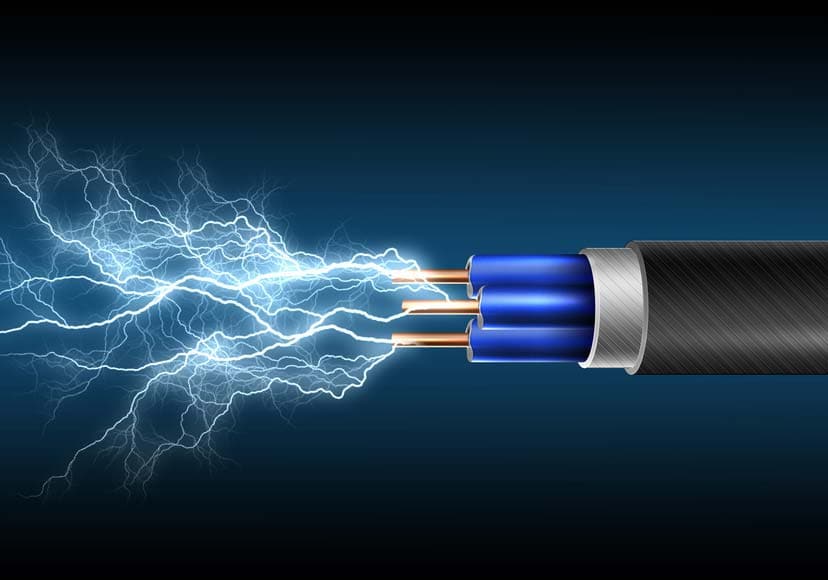
Therefore, there is no need, or justification, for a special approach to the protection of children.Įach model of mobile phone is tested using both a 'phantom' head and a separate 'phantom' torso for body-worn measurements.


The guidelines have been developed using worst-case scenarios and include added safety margins to ensure children are protected.įor example, Paolo Vecchia, former Chairman of the International Commission on Non-Ionizing Radiation Protection (ICNIRP), which developed the international safety standard, has concluded: The protection system using basic restrictions and reference levels makes the ICNIRP guidelines flexible and applicable to virtually any exposure condition, and any group of population. Also, international safety standards have taken these concerns and potential risks into account when setting safe exposure limits. Similarly a 2011 review by the Health Council of the Netherlands which looked at the Influence of radiofrequency telecommunication signals on children’s brains, concluded: Available data do not indicate that exposure to radiofrequency electromagnetic fields affect brain development or health in children. The most recent independent review to specifically look at this issue, published in 2012 by the UK Health Protection Agency, found: In summary, although a substantial amount of research has been conducted in this area, there is no convincing evidence that RF field exposure below guideline levels causes health effects in adults or children. However, a number of independent reviews of all available science by international health authorities and governments have carefully considered this concern and found no evidence of any additional risk to children from mobile phone technologies. Concerns have been raised about the possibility of greater vulnerability for children because of an increased susceptibility to health risks during developmental stages and because young people will use mobile phones for most of their lives. It is entirely understandable that some parents may be concerned about mobile phone safety and their children's use of mobiles. More recently, researchers reviewed the experimental methods used in the British Consumer Association study and found: Because of the complex nature of RF-exposure dosimetry, human exposure measurements from RF transmitters in the near field should be conducted only by laboratories with specific experience in this area and should conform to internationally accepted measurement procedures.
#Wifi strahlung gesundheit free#
The report concluded: In their intended mode of use, personal hands free kits offer very substantial reductions in SAR compared to the normal use of a mobile phone held against the ear. The research found personal hands-free kits used normally, with the earpiece cable hanging naturally from the ear, reduce exposure by 93 to 98 per cent.Įven when using the worst-case configurations, with the earpiece cable wrapped around the phone's antenna, the reduction was 75 to 93 per cent.
#Wifi strahlung gesundheit series#
However, a series of independent tests prompted by the 'Which?' magazine article, have shown hand-free kits reduce exposure significantly.įor example, the Department of Trade and Industry (DTI) in Britain published a research report in July 2000 soon after the 'Which?' article appeared, specifically on hands-free kits.

In April 2000 an article was published by the British Consumers' Association that report their own research found the use of personal hands-free kits might increase the radiofrequency (RF) energy absorbed by the head of a user because the radio waves could travel up the hands-free device wire. A number of people continue to be concerned and have been misinformed about the effectiveness of mobile phone hands-free kits.


 0 kommentar(er)
0 kommentar(er)
